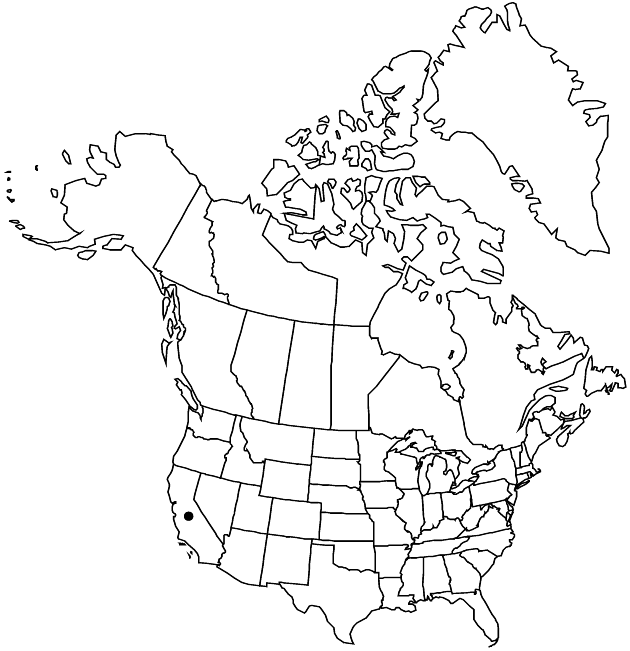Difference between revisions of "Coreopsis hamiltonii"
Madroño 4: 214. 1938.
Endemic
Basionym: Leptosyne hamiltonii Elmer Bot. Gaz. 41: 323. 1906
imported>Volume Importer |
imported>Volume Importer |
||
| Line 55: | Line 55: | ||
|publication year=1938 | |publication year=1938 | ||
|special status=Endemic | |special status=Endemic | ||
| − | |source xml=https:// | + | |source xml=https://bitbucket.org/aafc-mbb/fna-data-curation/src/2e0870ddd59836b60bcf96646a41e87ea5a5943a/coarse_grained_fna_xml/V19-20-21/V21_458.xml |
|tribe=Asteraceae tribe Heliantheae | |tribe=Asteraceae tribe Heliantheae | ||
|subtribe=Asteraceae (tribe Heliantheae) subtribe Coreopsidinae | |subtribe=Asteraceae (tribe Heliantheae) subtribe Coreopsidinae | ||
Latest revision as of 20:12, 5 November 2020
Annuals, (3–)10–20+ cm. Leaf lobes oblong to linear, 1–8(–15) × 0.5–1 mm. Peduncles 3–9(–18) cm. Calyculi of 3–5 oblong to linear bractlets 1–3(–5) mm. Phyllaries 8, ± lance-ovate, 4–8 mm. Ray florets 8; laminae 3.5–8 mm. Disc florets ca. 40; corollas 2.5–3.5 mm. Paleae seldom basally adnate to and falling with disc cypselae. Ray cypselae narrowly obovate, 5–6 mm. Disc cypselae narrowly oblanceolate, 4–5 mm; pappi ca. 1 mm. 2n = 24.
Phenology: Flowering Mar–May.
Habitat: Talus slopes, rocky soils
Elevation: 600–1300 m
Discussion
Selected References
None.
Lower Taxa
None.
